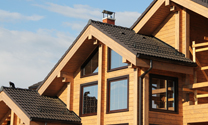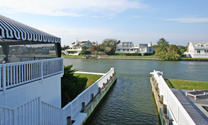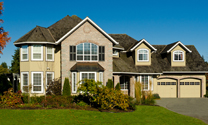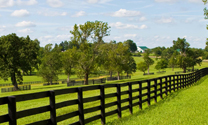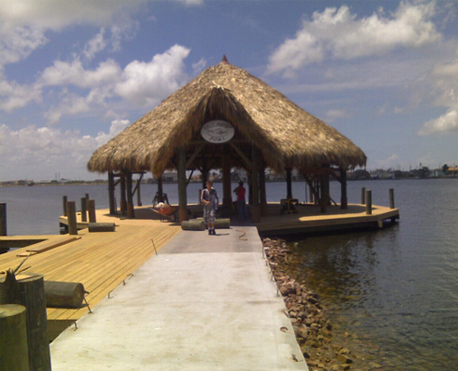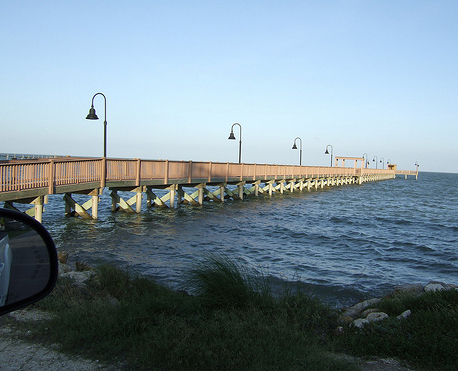Published by Bayou City Lumber
We are living in a time of abundant choice. Decking options are no different and have been increasingly growing over the past few years. It wasn’t long ago that the only choice was wood, which came in three types. Thanks to newer available choices like exotic imports and composite lumber, however, there’s now a wide array of decking available.
Here are the top 4 choices of wood used as deck lumber:
1. Going Au Naturel Cedar
Cedar is a redwood grown in the upper western states. It is a softwood that is prized for its rich color and natural beauty. Many people also like that cedar lumber is not pumped full of chemicals or preservatives. Cedar contains tannins and oils that make it naturally resistant to decay and rotting.
It is recommended to do an annual power washing and coat of finish every 3-4 years.
To protect the wood’s surface from the weather, and to help reduce checking (fine splits), apply a clear, water-repellent wood preservative.
To maintain the wood’s natural color, you need to apply a stain.
2. Getting an Exotic Import: Brazilian Hardwood
Exotic, Brazilian hardwood is a rich-grained wood that is extremely hard, durable and naturally resistant to insects and rotting.
Because of the density, is is more difficult to cut and drill through Brazilian hardwood. You need to first bore a pilot hole before driving a nail or screw in it. Thus, Brazilian hardwood is typically installed with some sort of hidden fastener that clips or screws into the edge of the boards.
If you’d like to apply a stain, make sure it’s a penetrating, oil-based stain specifically formulated for hardwood decking. If you do not to stain the deck, you should apply a clear wood, UV-blocking preservative every 3-4 years.
You should allow the wood to weather 1-3 months before finishing, so that excess oils can leach out and it can better accept the finish. It is also recommended you apply finish to both ends of every board as extra protection against checking.
3. Being Economical: Pressure-Treated Lumber
Pressure-Treated (PT) lumber is the most widespread and popular of the choices. This is mainly due to its affordability, but also its availability and ease of cutting and fastening with nails and screws. Most PT decking is milled from Southern Yellow Pine, and then chemically treated to resist rot, fungus and wood-boring bugs.
PT lumber these days is treated with safer, less-toxic chemicals than in the past.
It is recommended to do an annual power washing and an application of stain or wood preservative every 2-3 years.
4. Choices Galore: Composites
Composite decking represents the fastest-growing decking materials sold today and comes in a wide range of colors to choose from.
Composites are primarily made of wood fibers and recycled plastic. The result is an extremely weather- and stain-resistant board that is free of knots and won’t splinter, warp, split, decay or rot.
Composites have certain advantages over wood:
- They’re extremely low-maintenance and
- never need to be sanded, refinished or stained.
With our Fiberon Deck Builder Tool, you can design your deck. You will even get to see how it will look!
Contact us if you have any questions about any of the above choices of wood.


